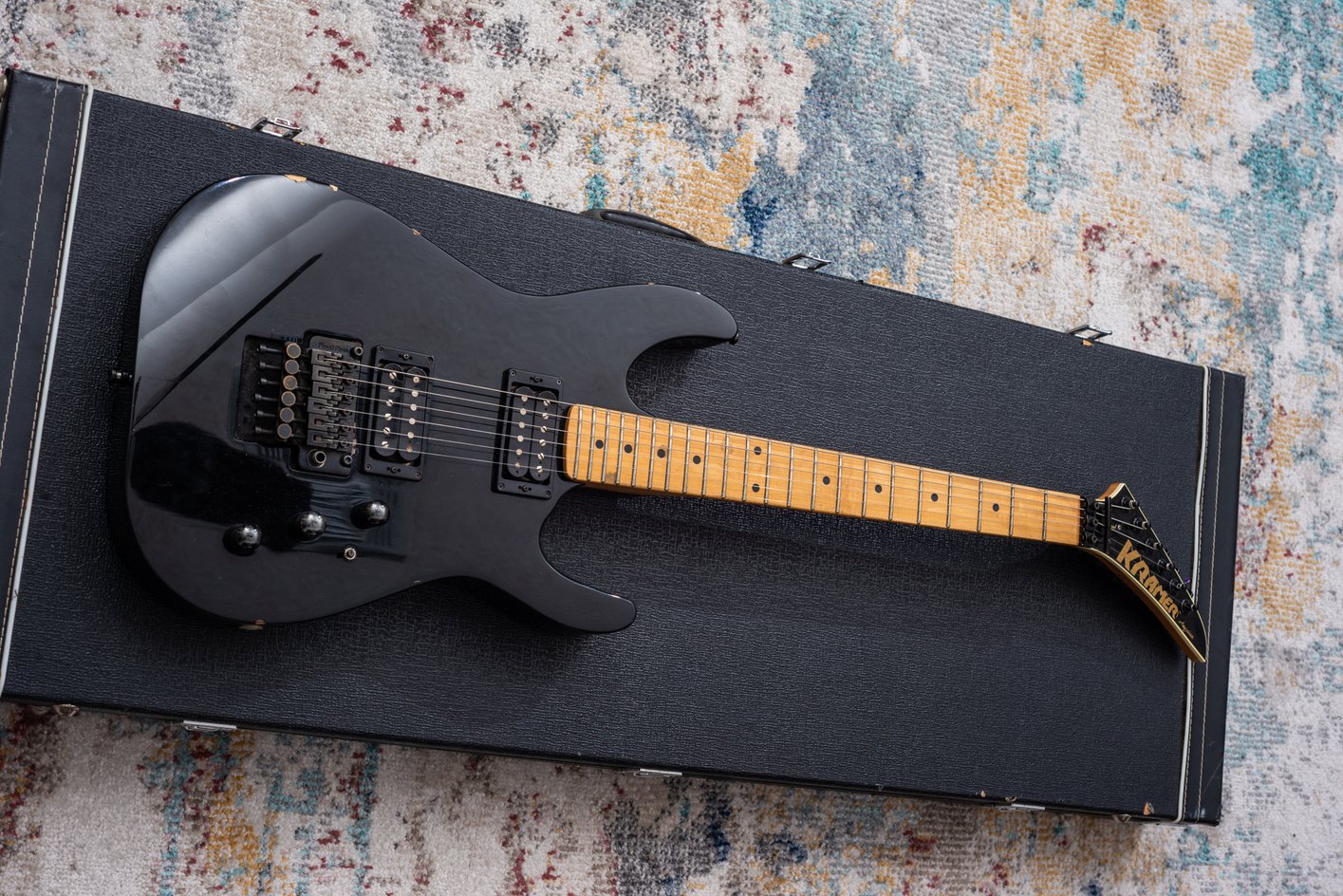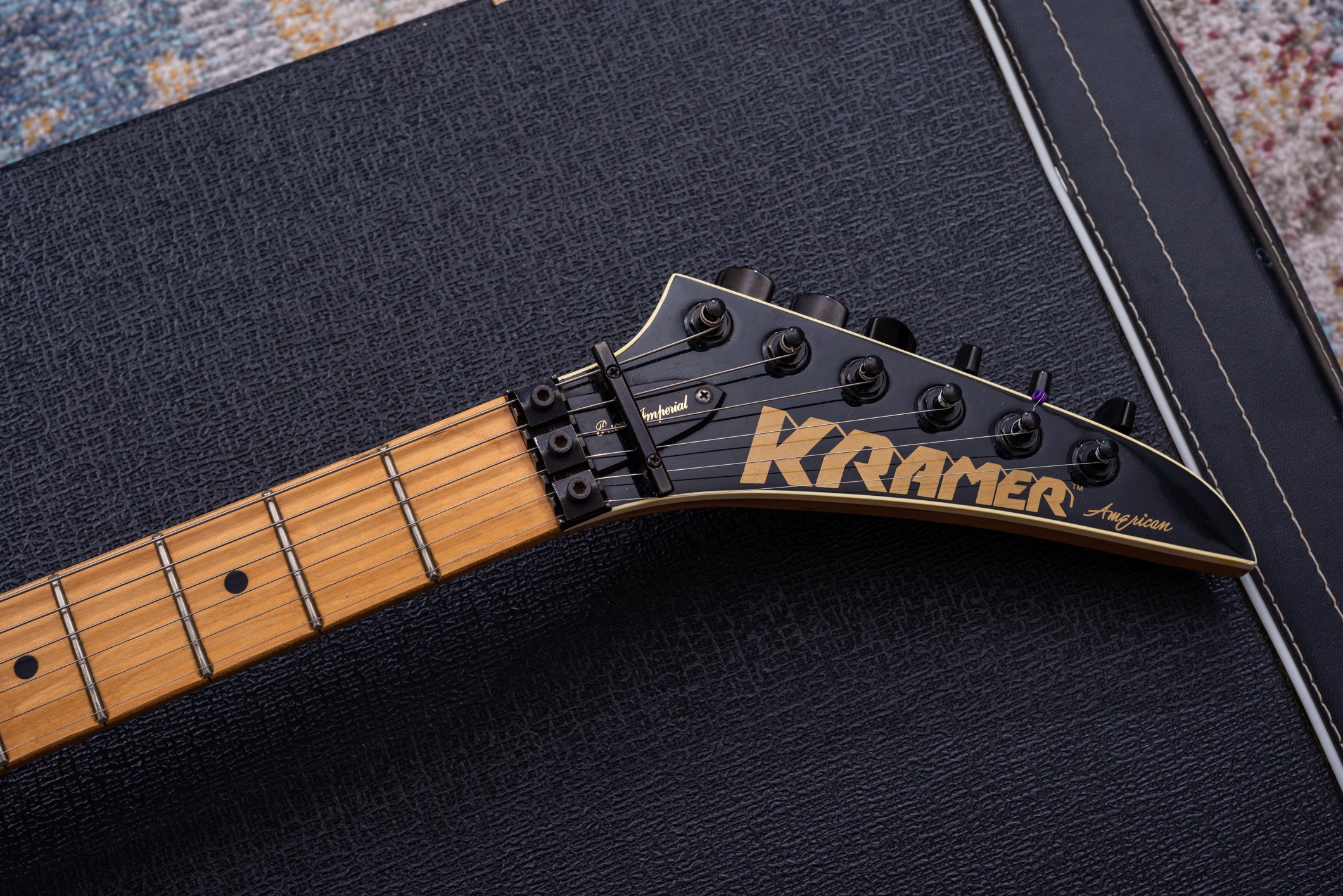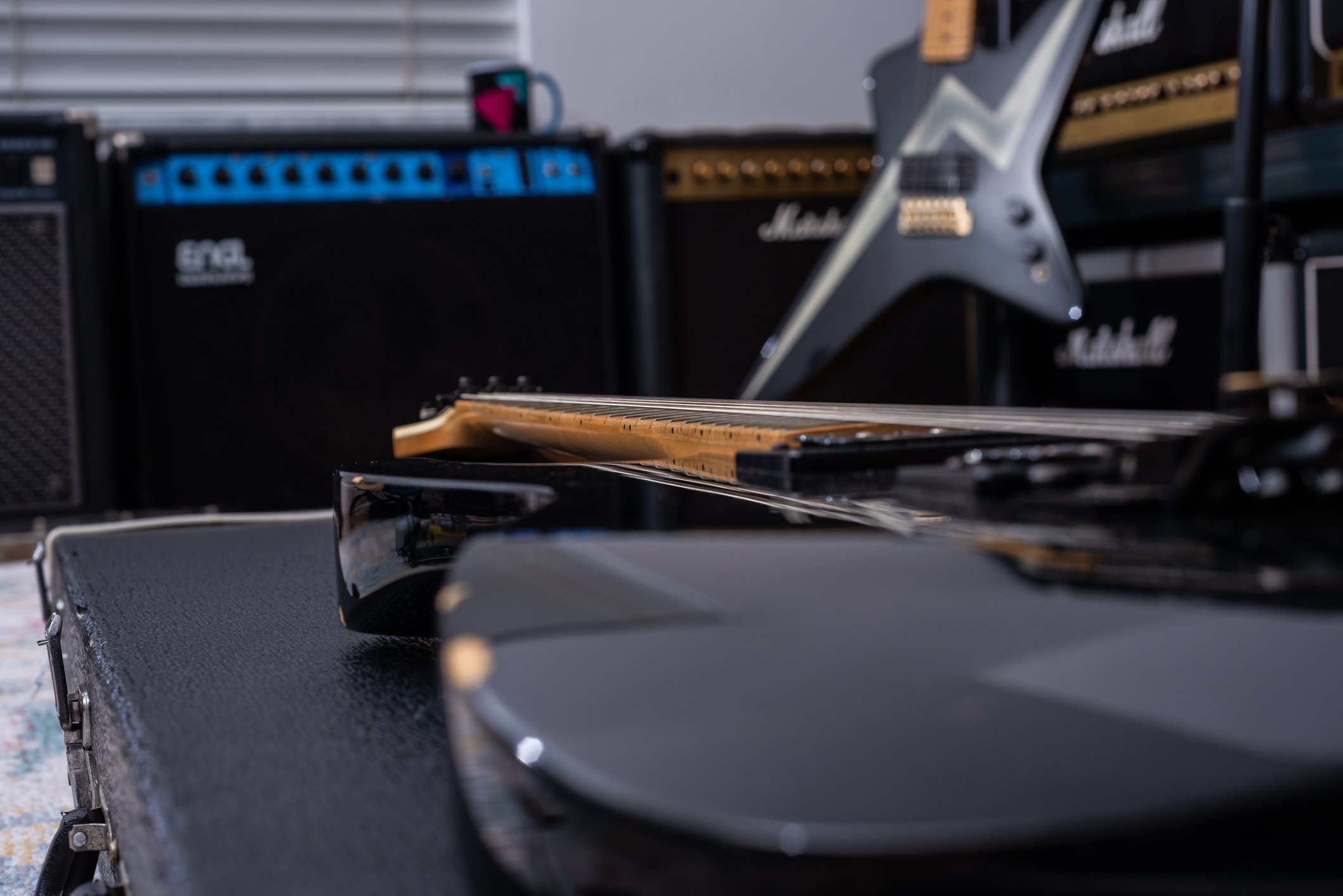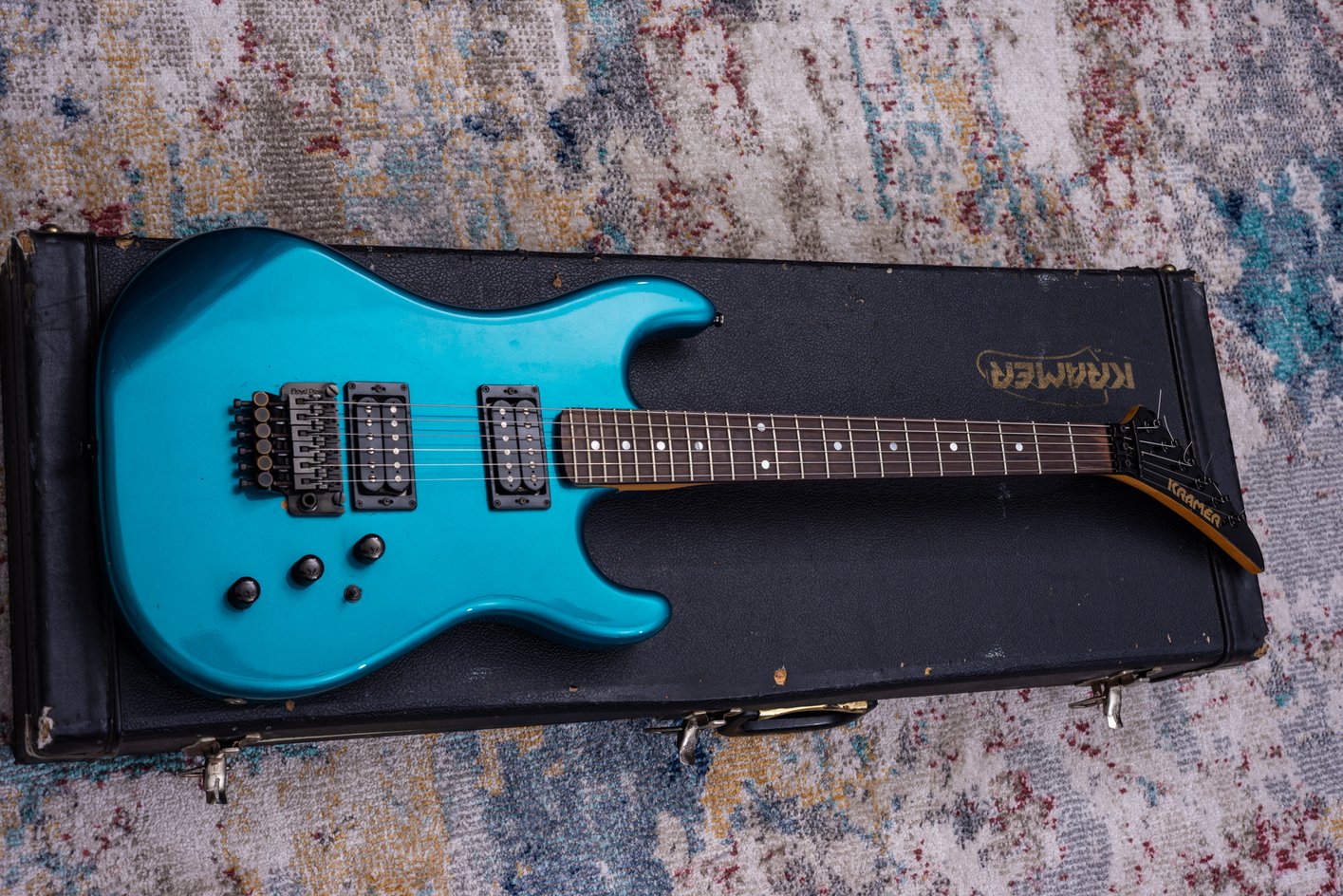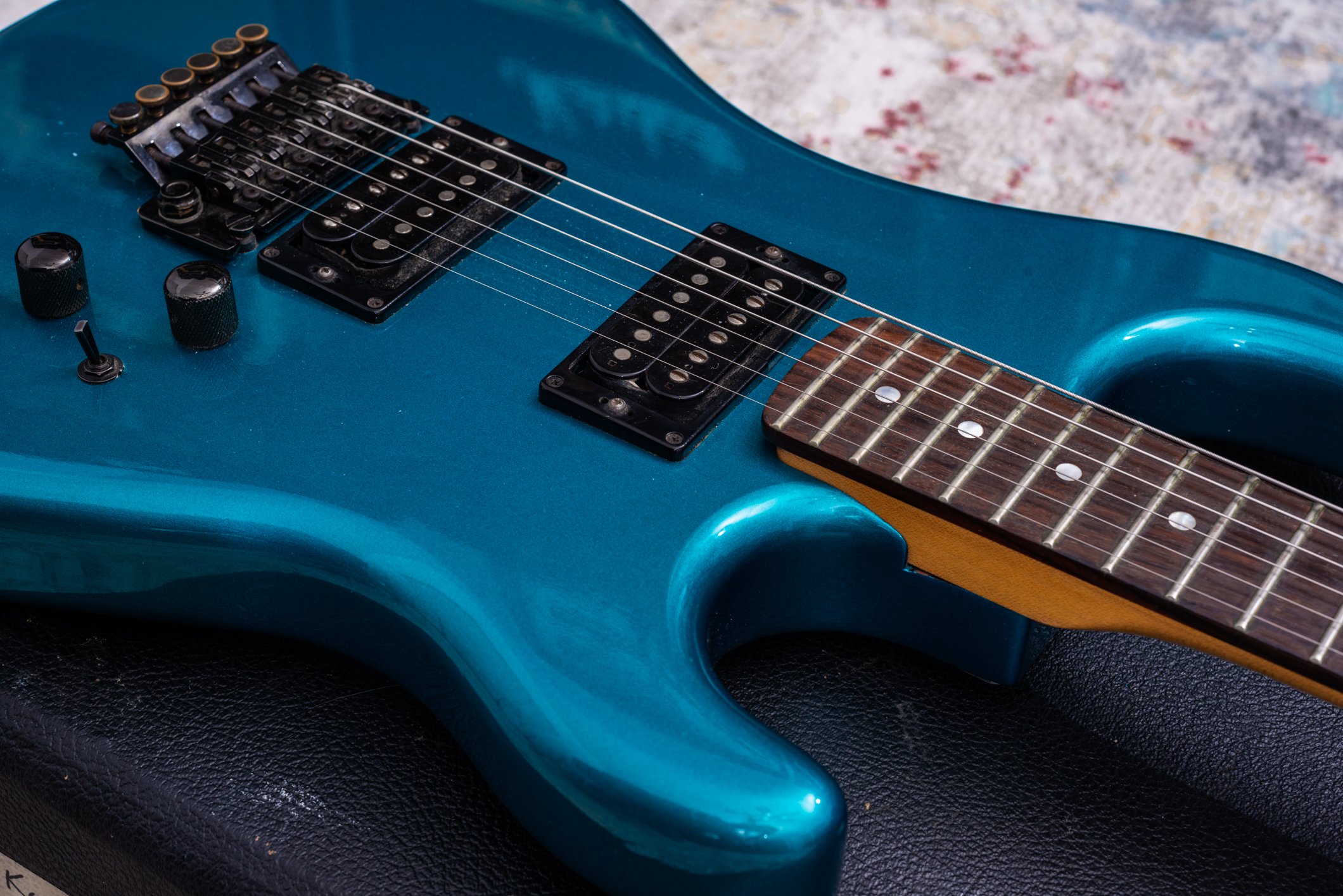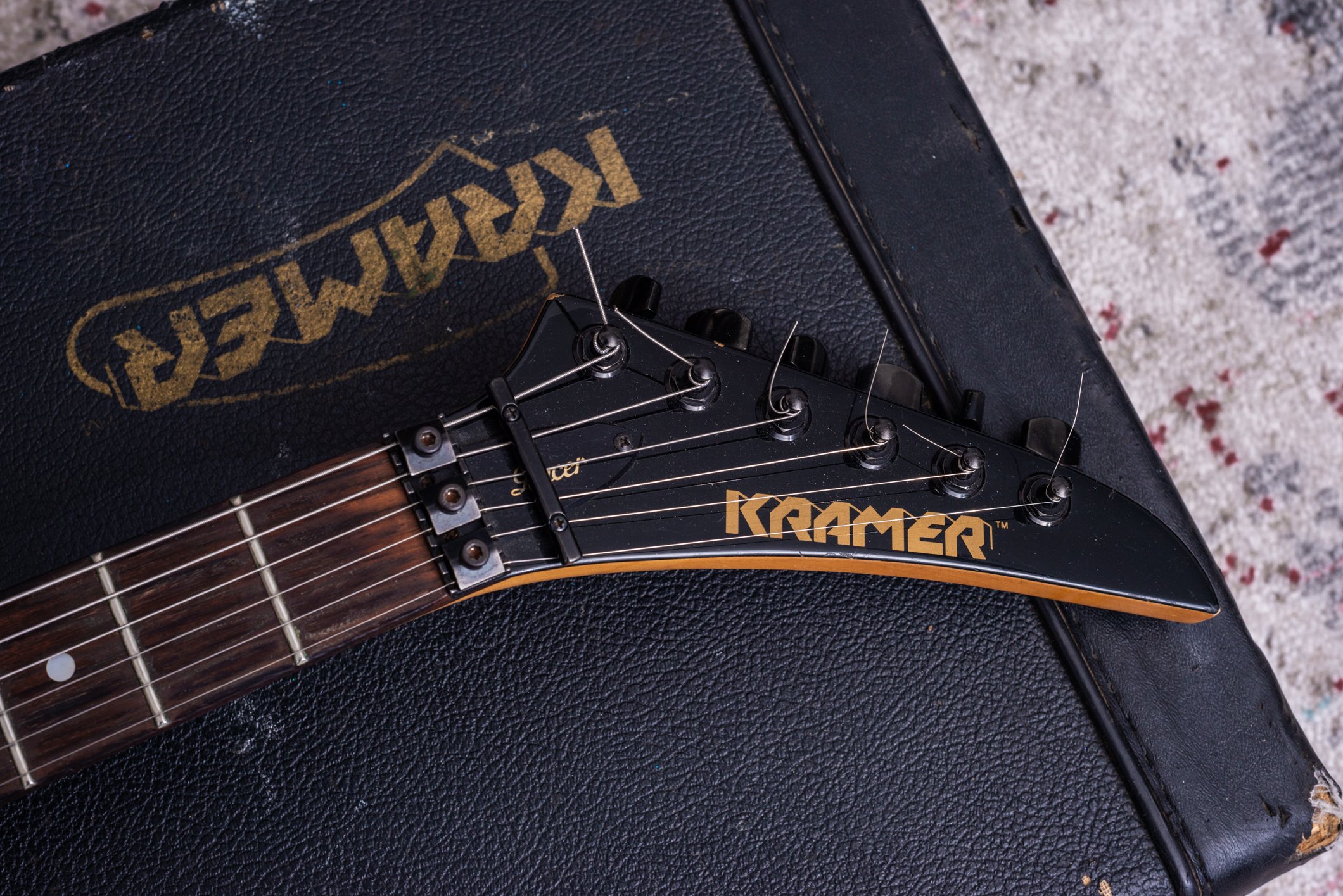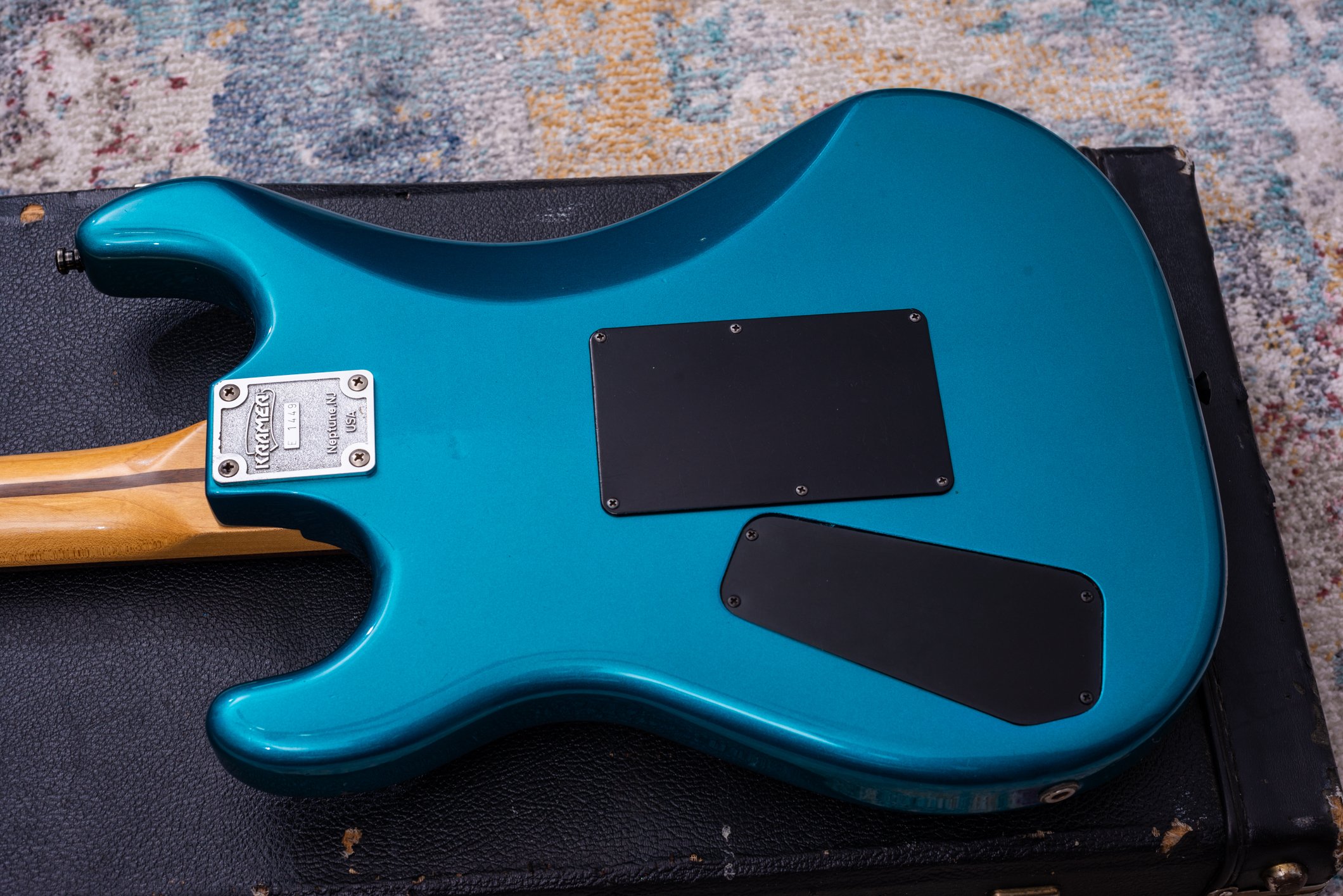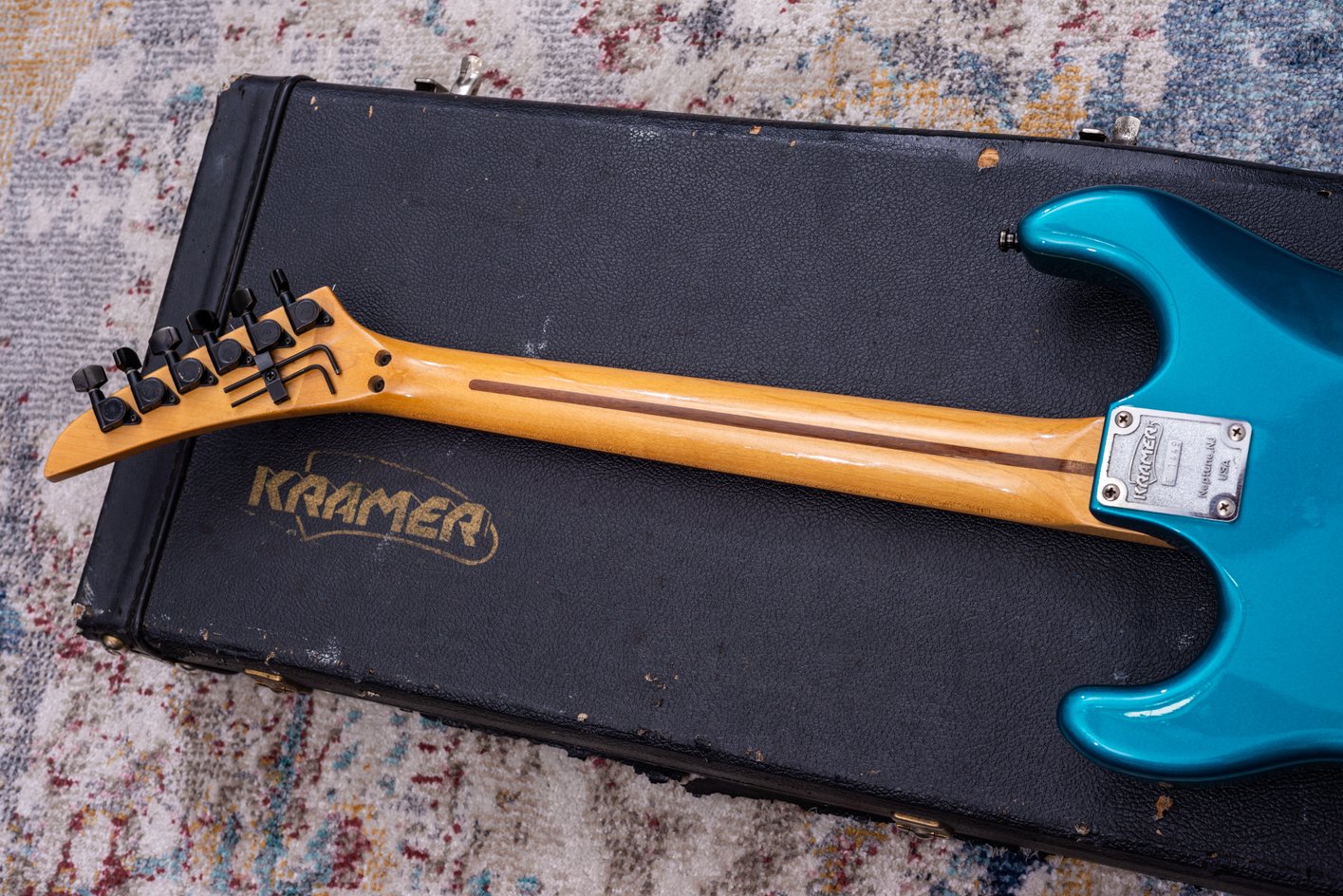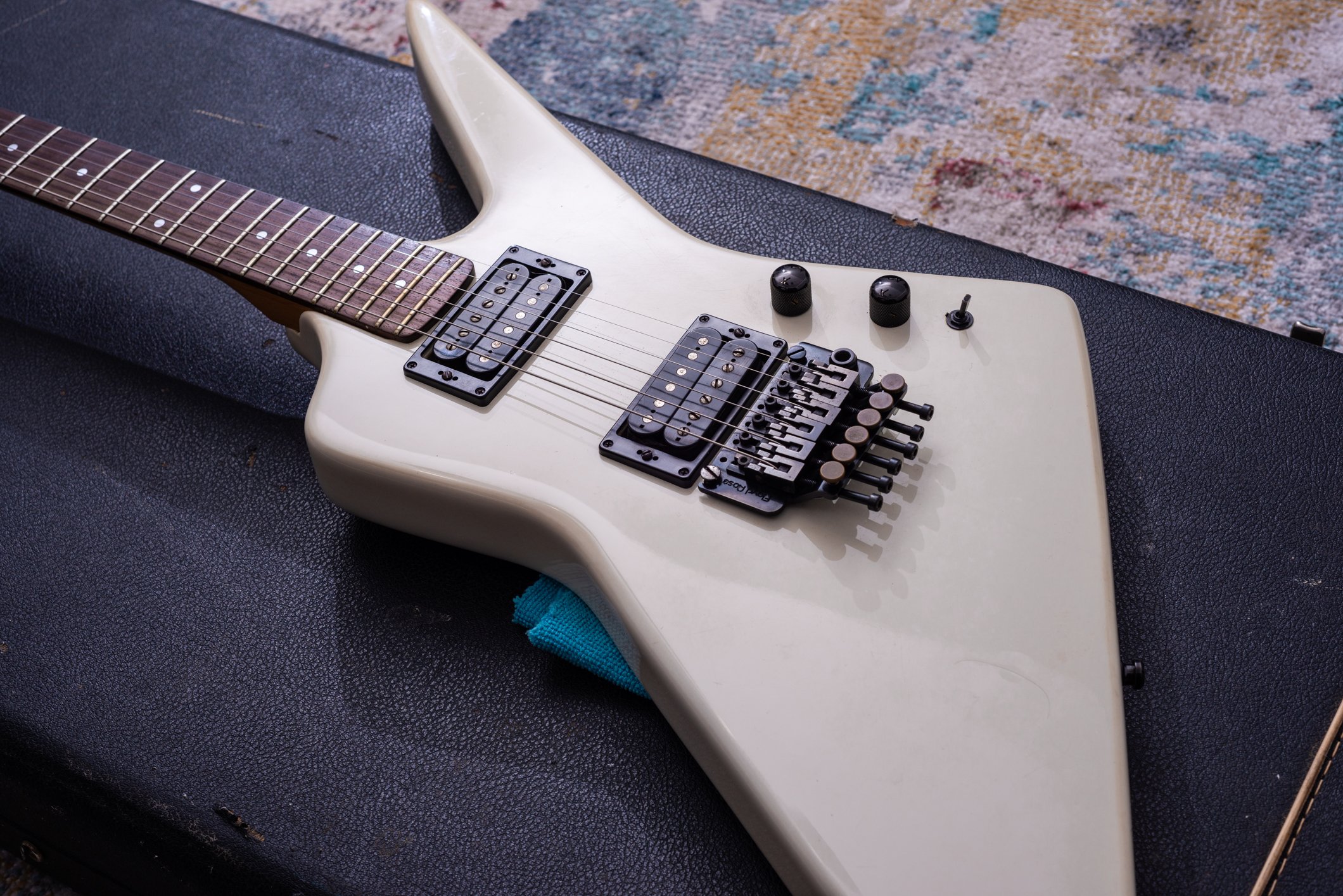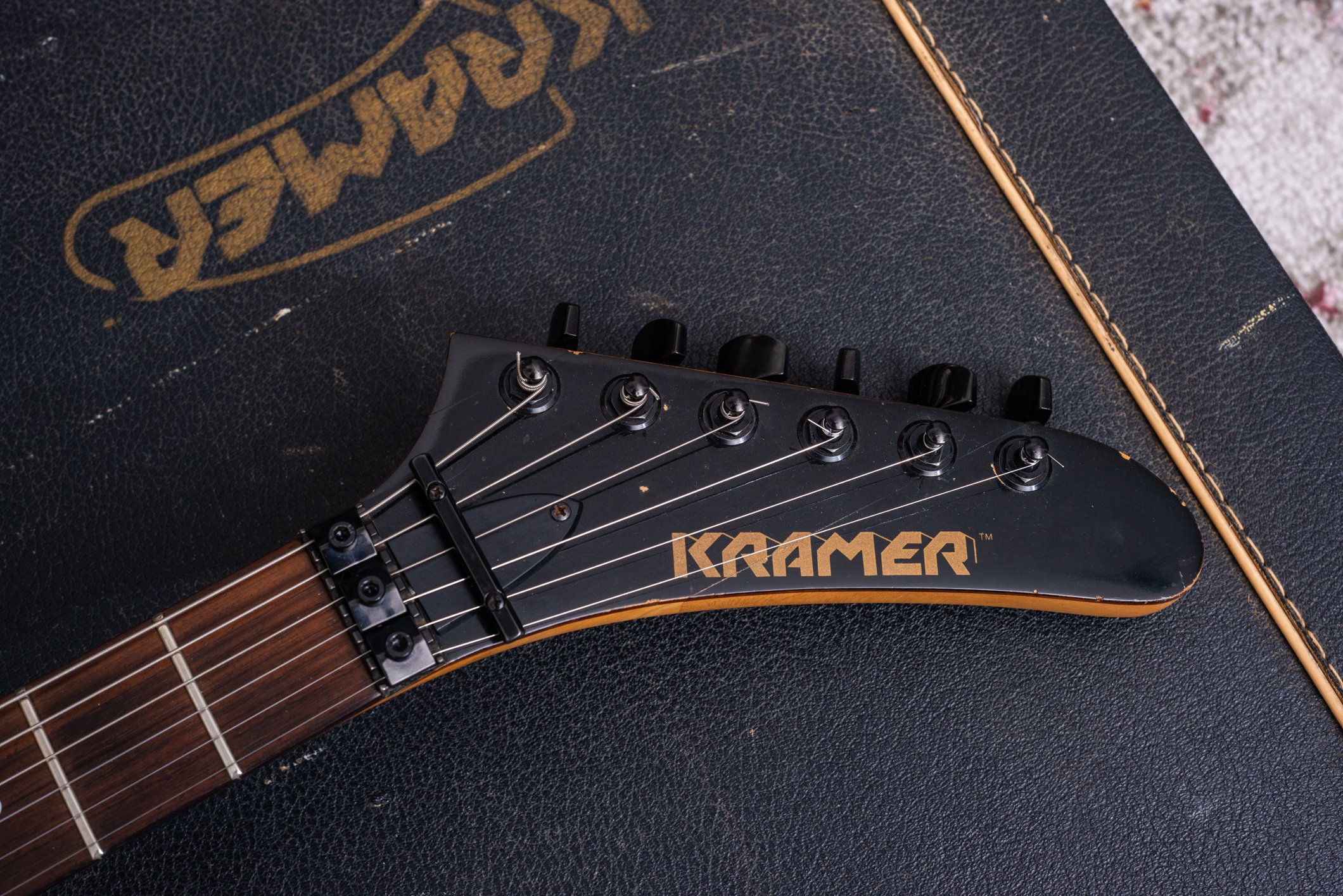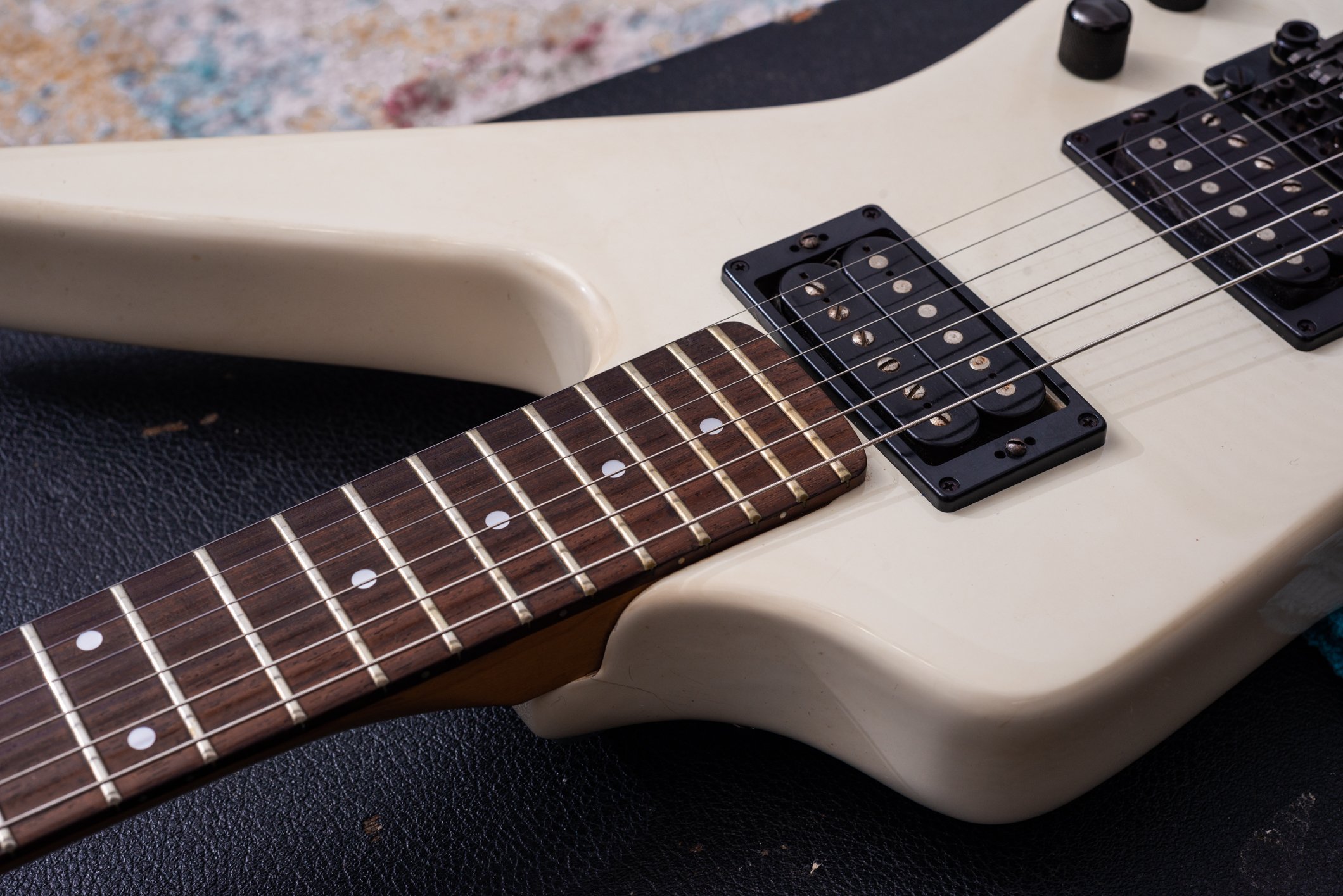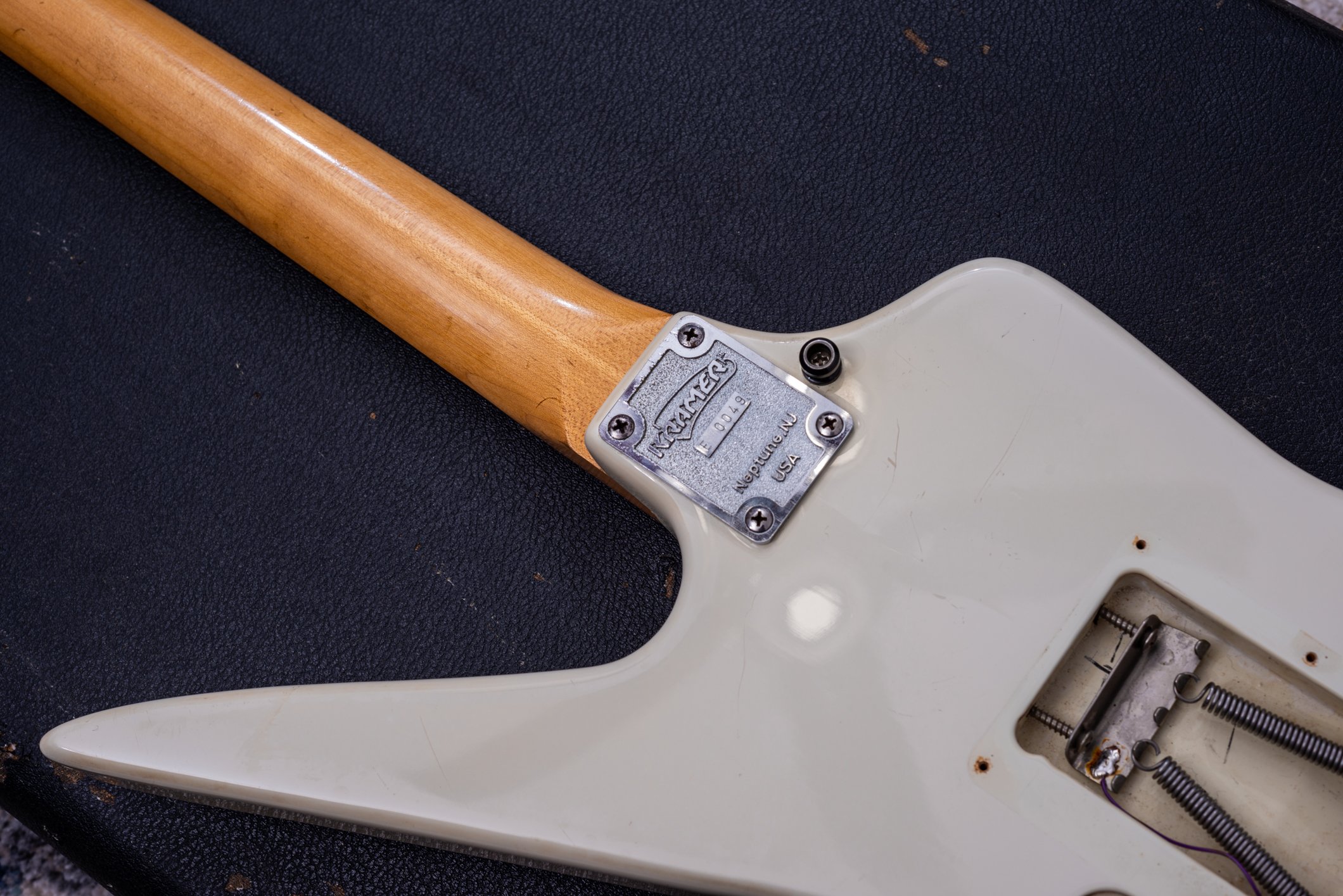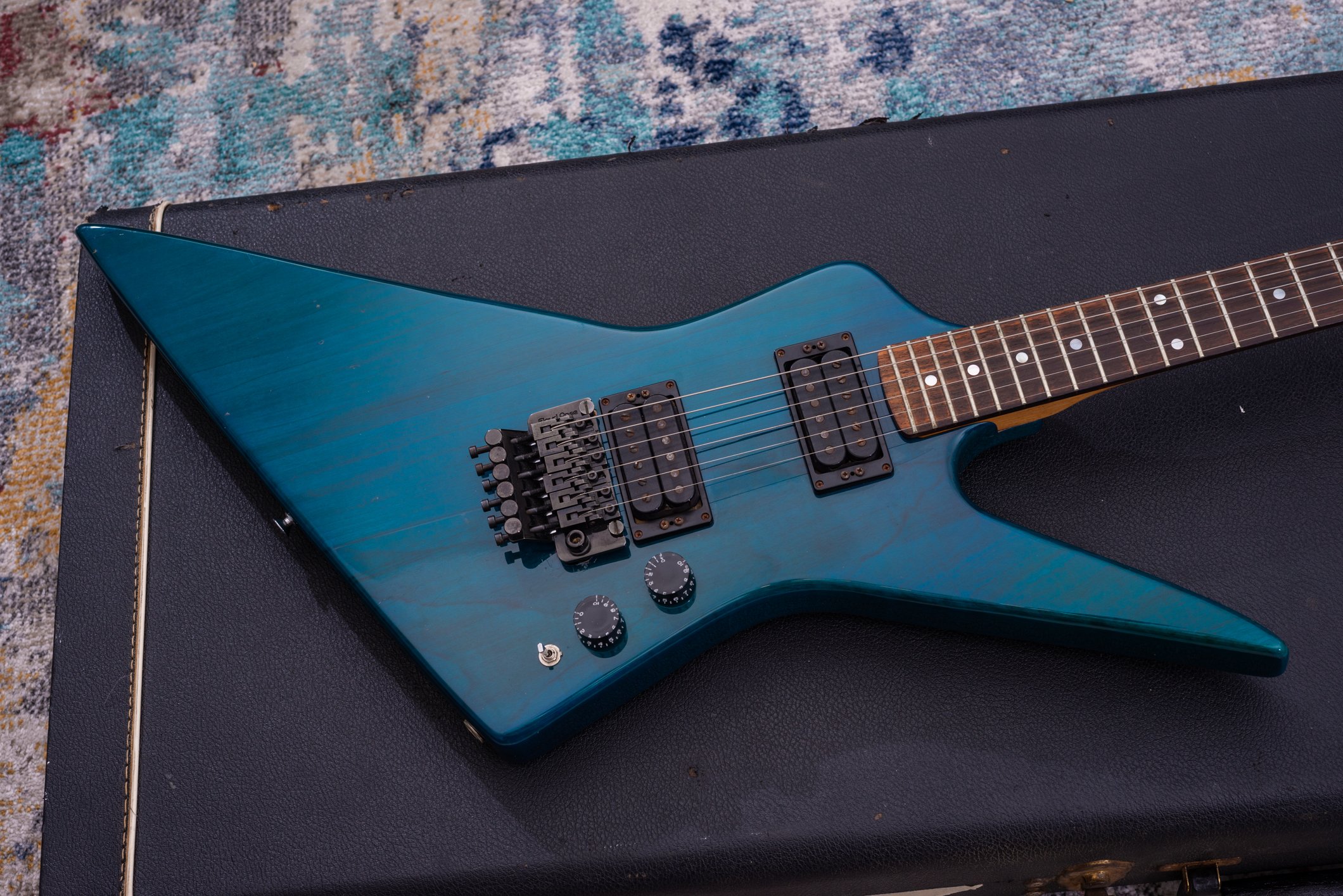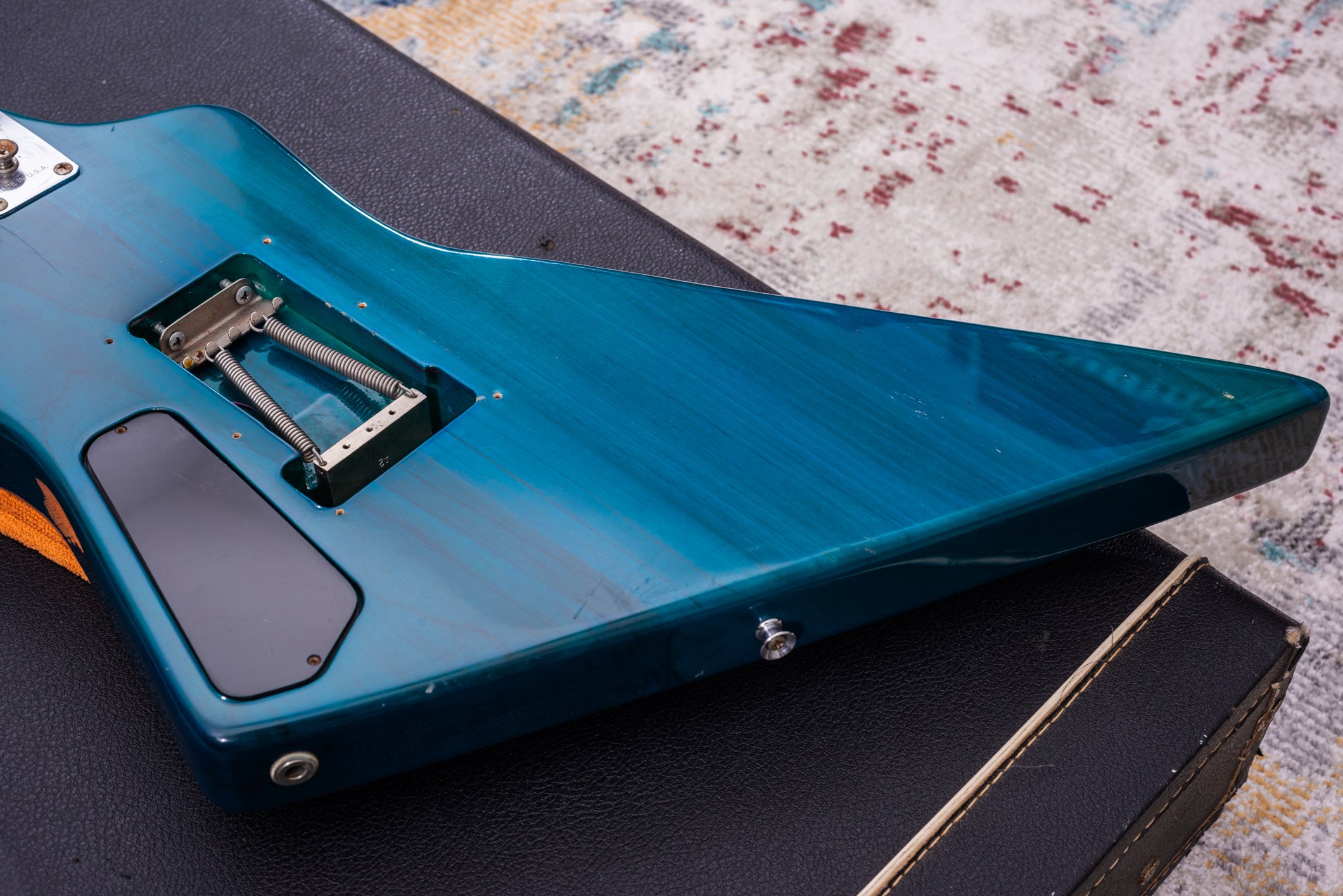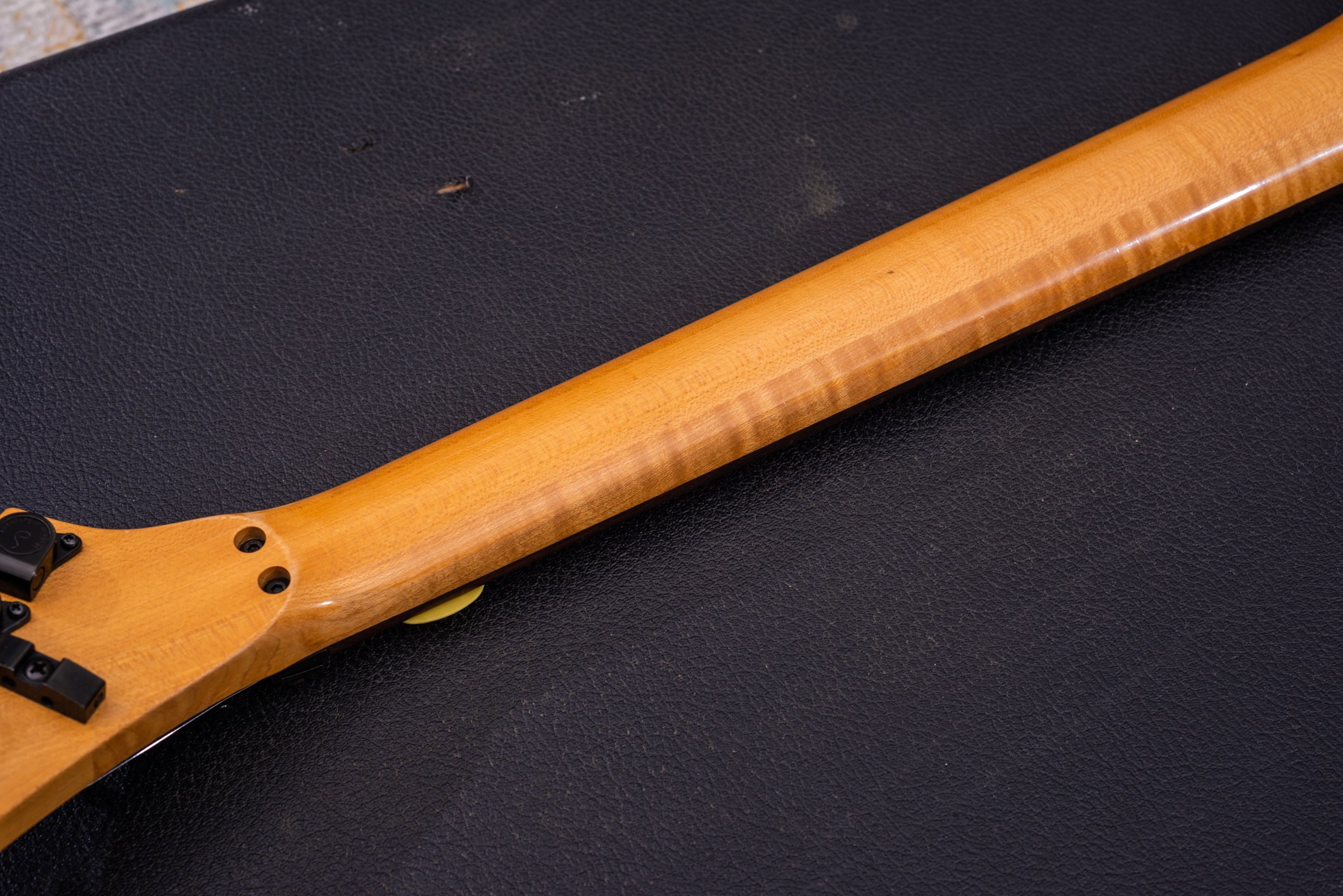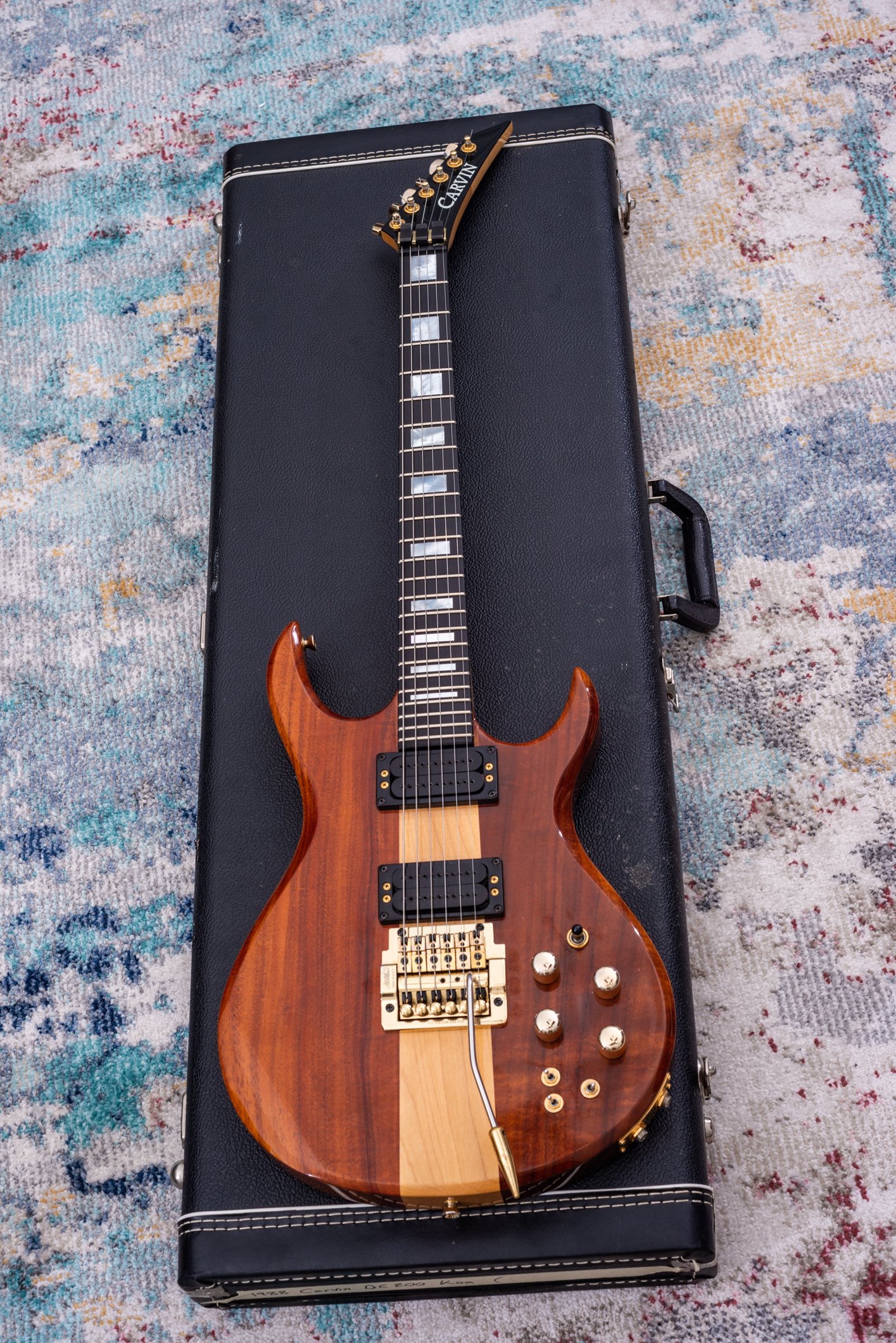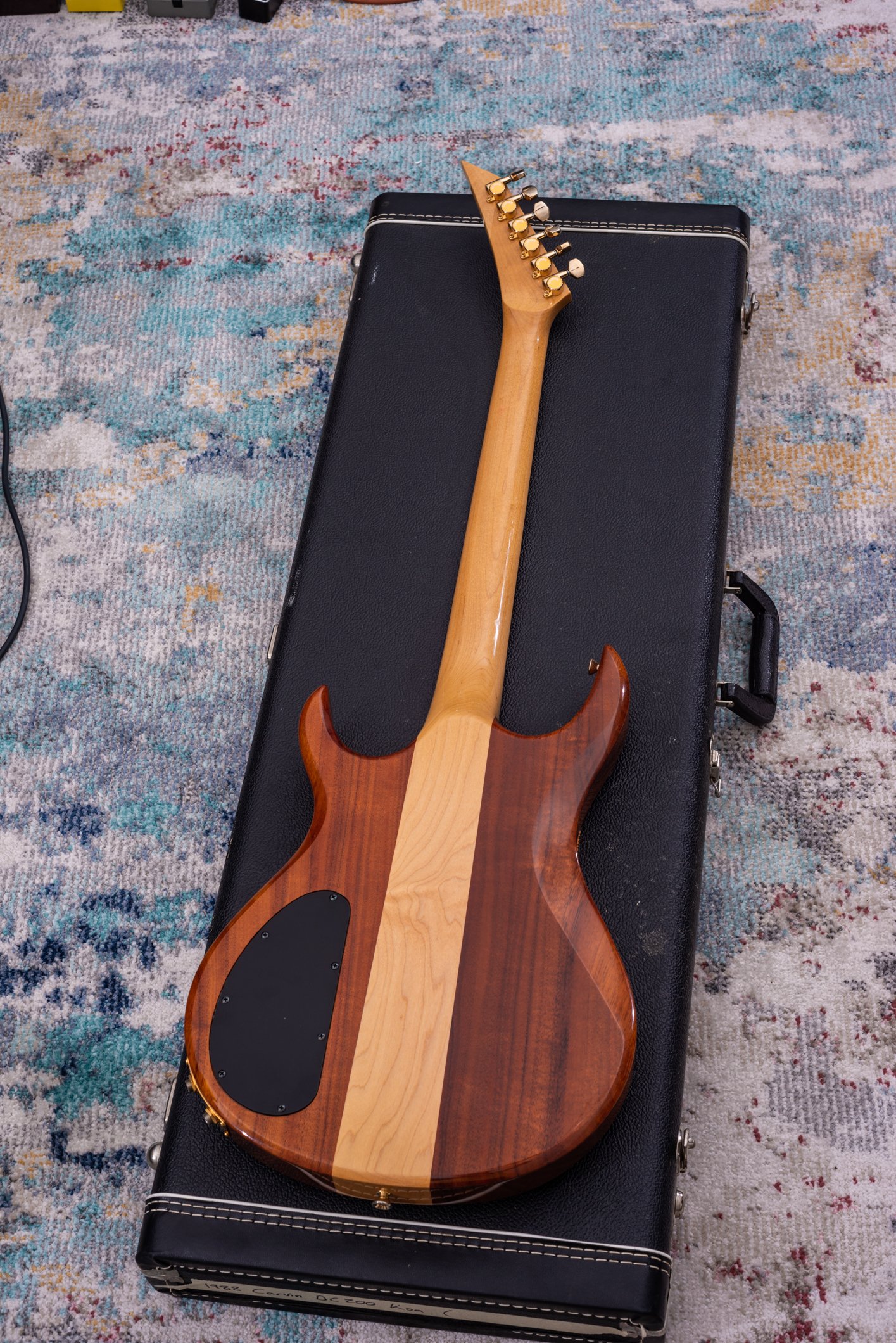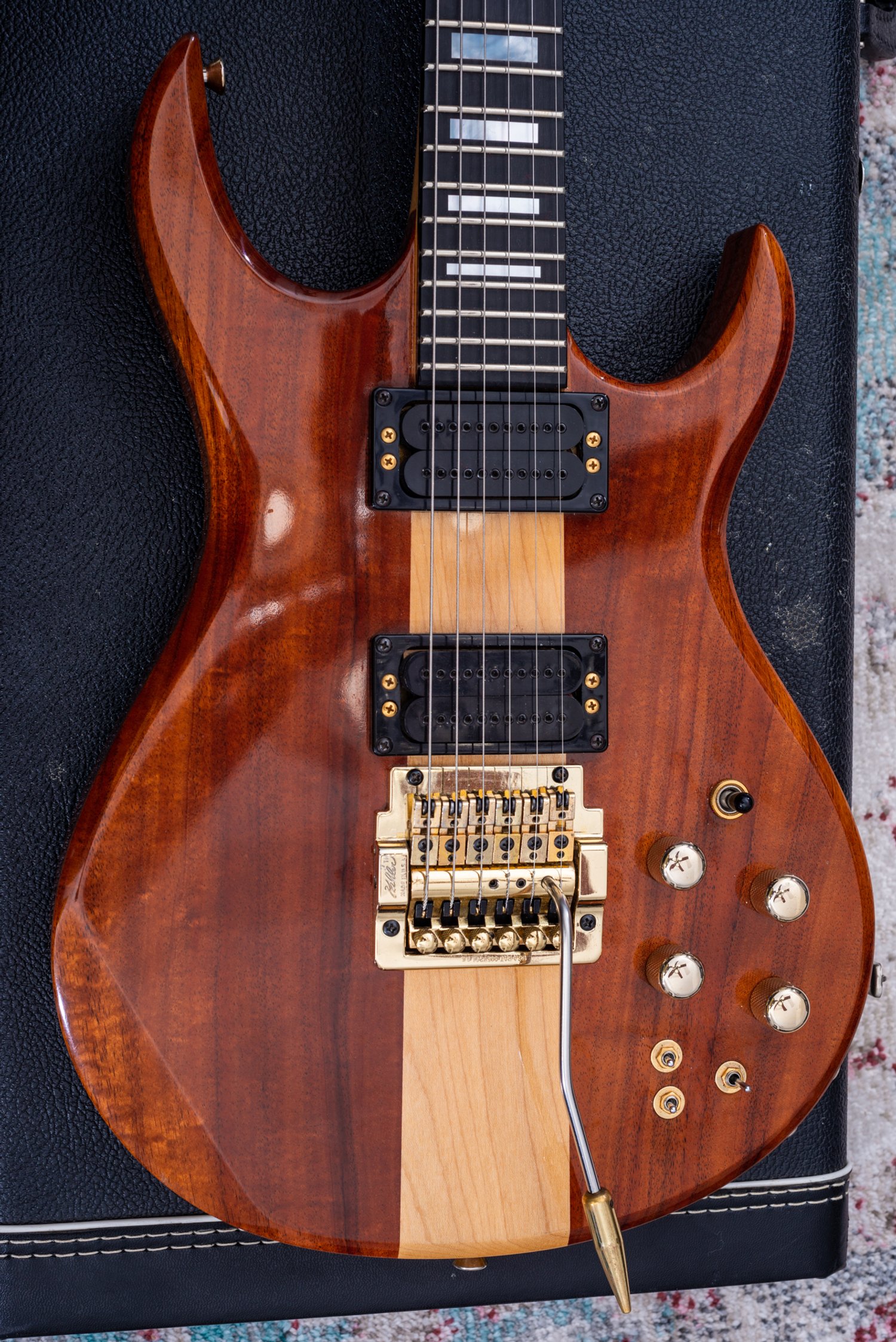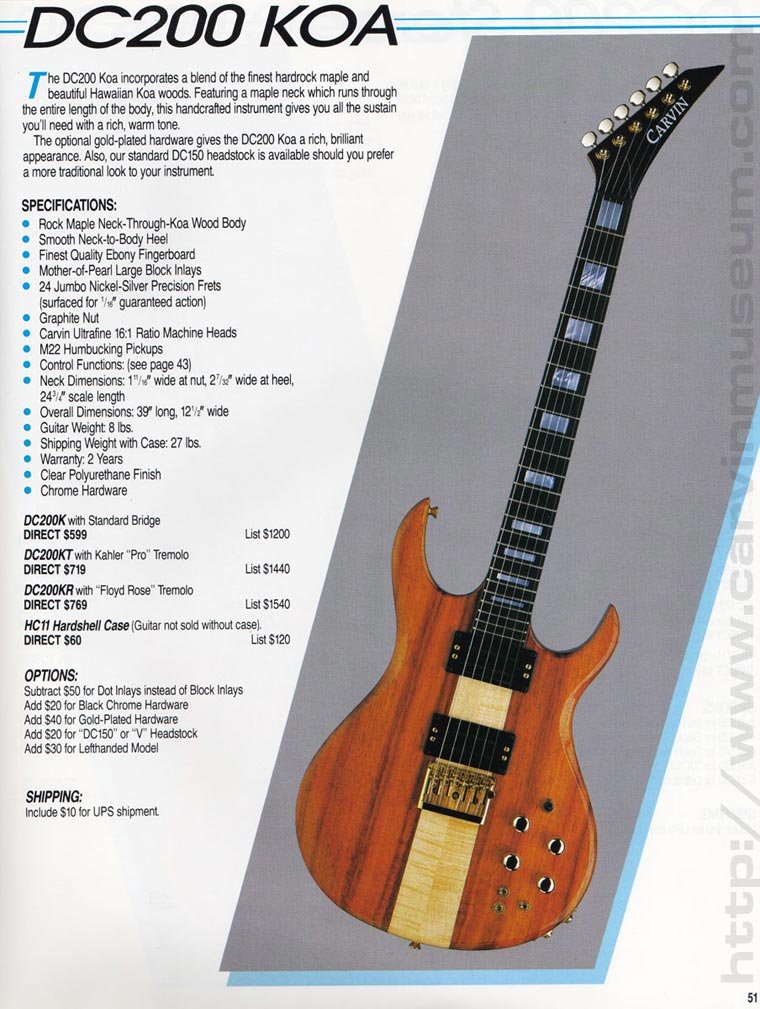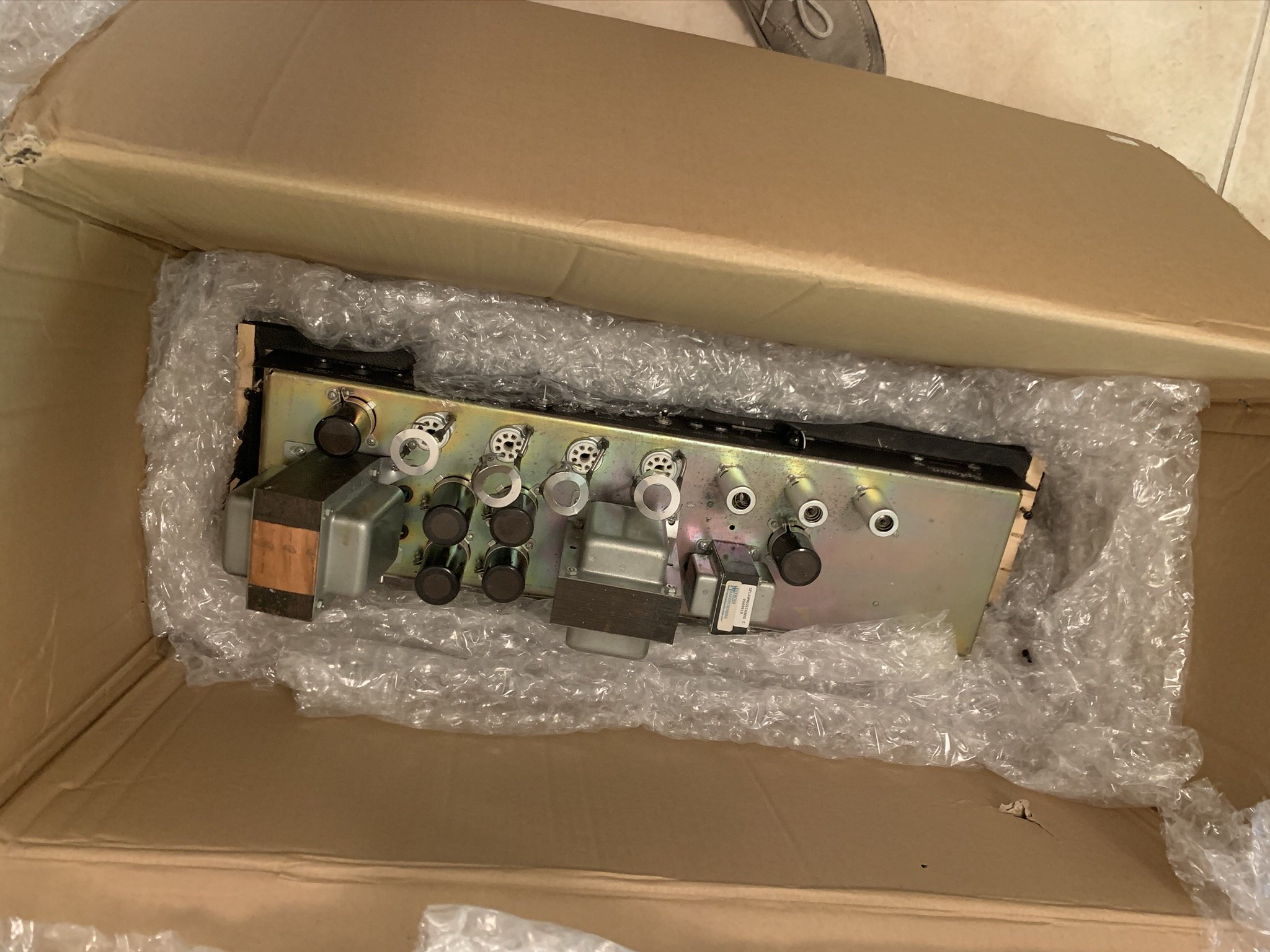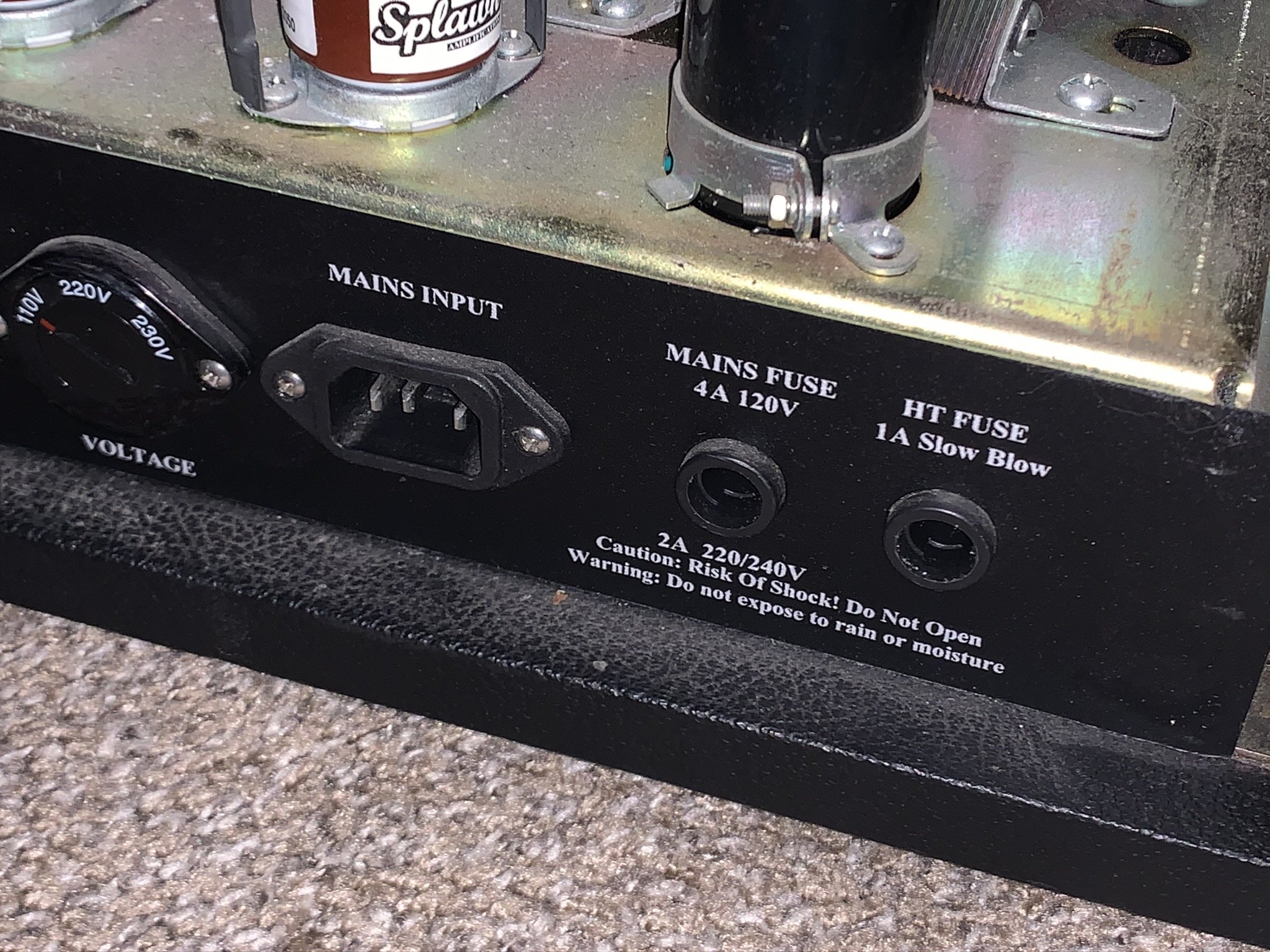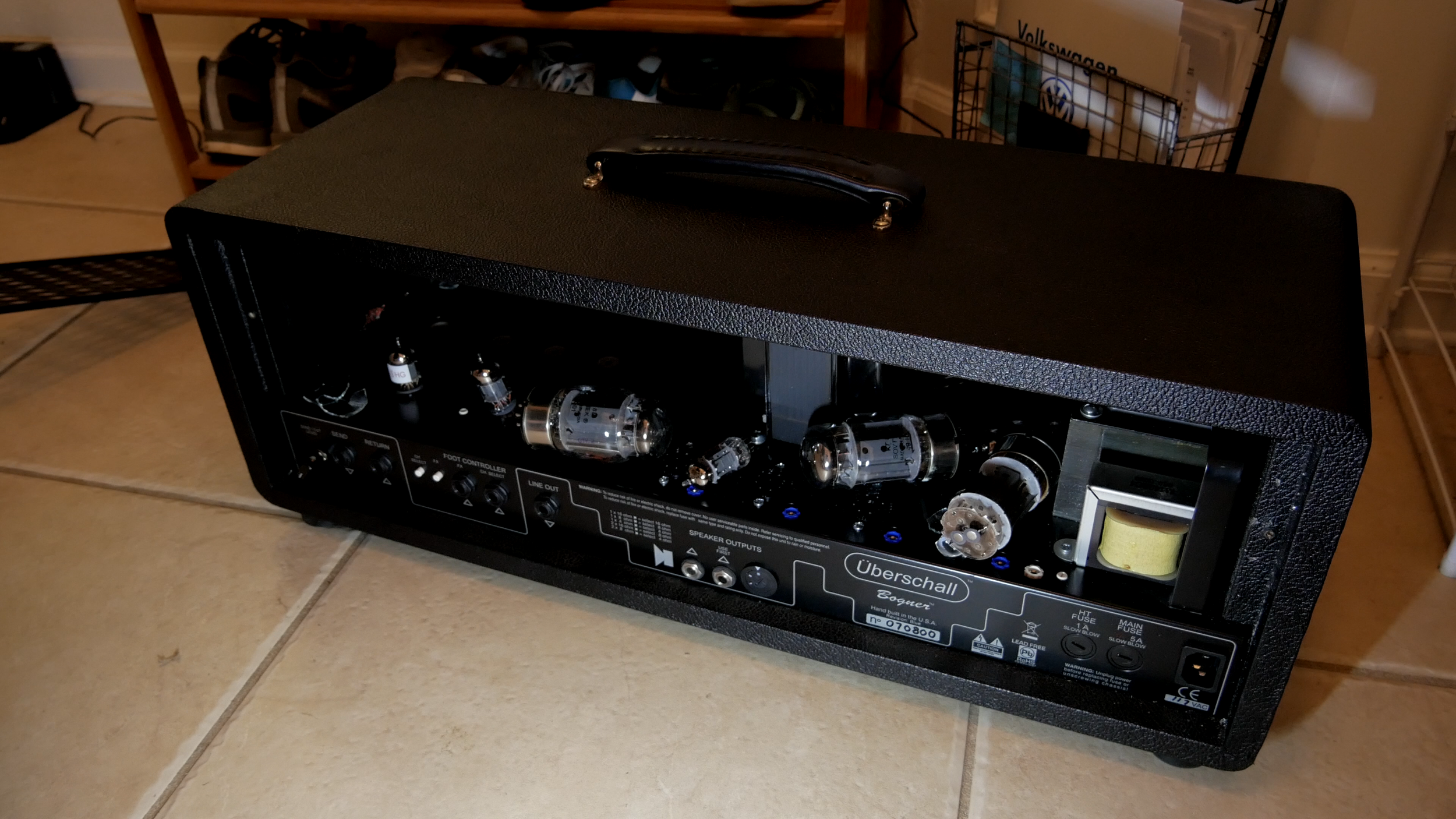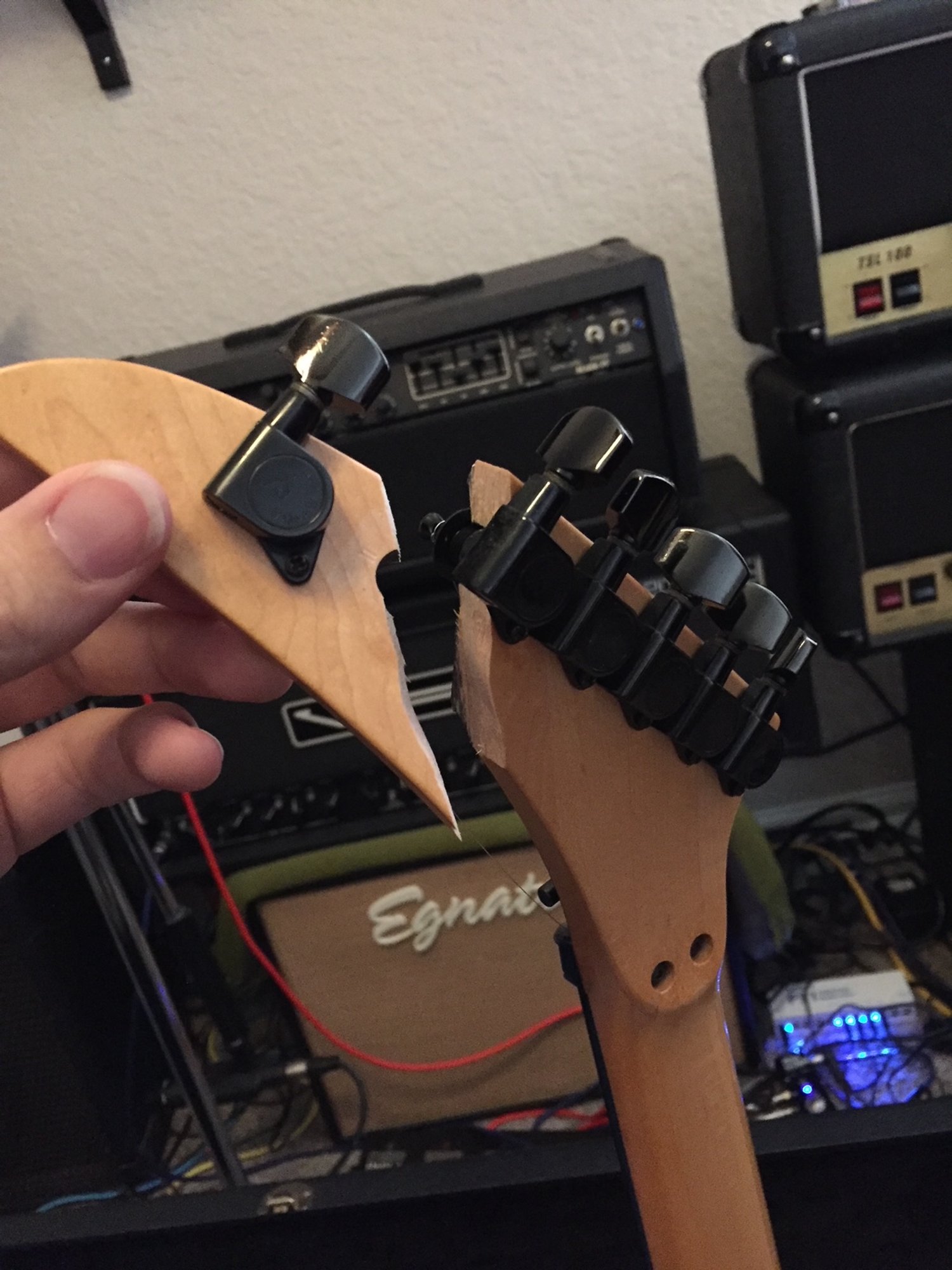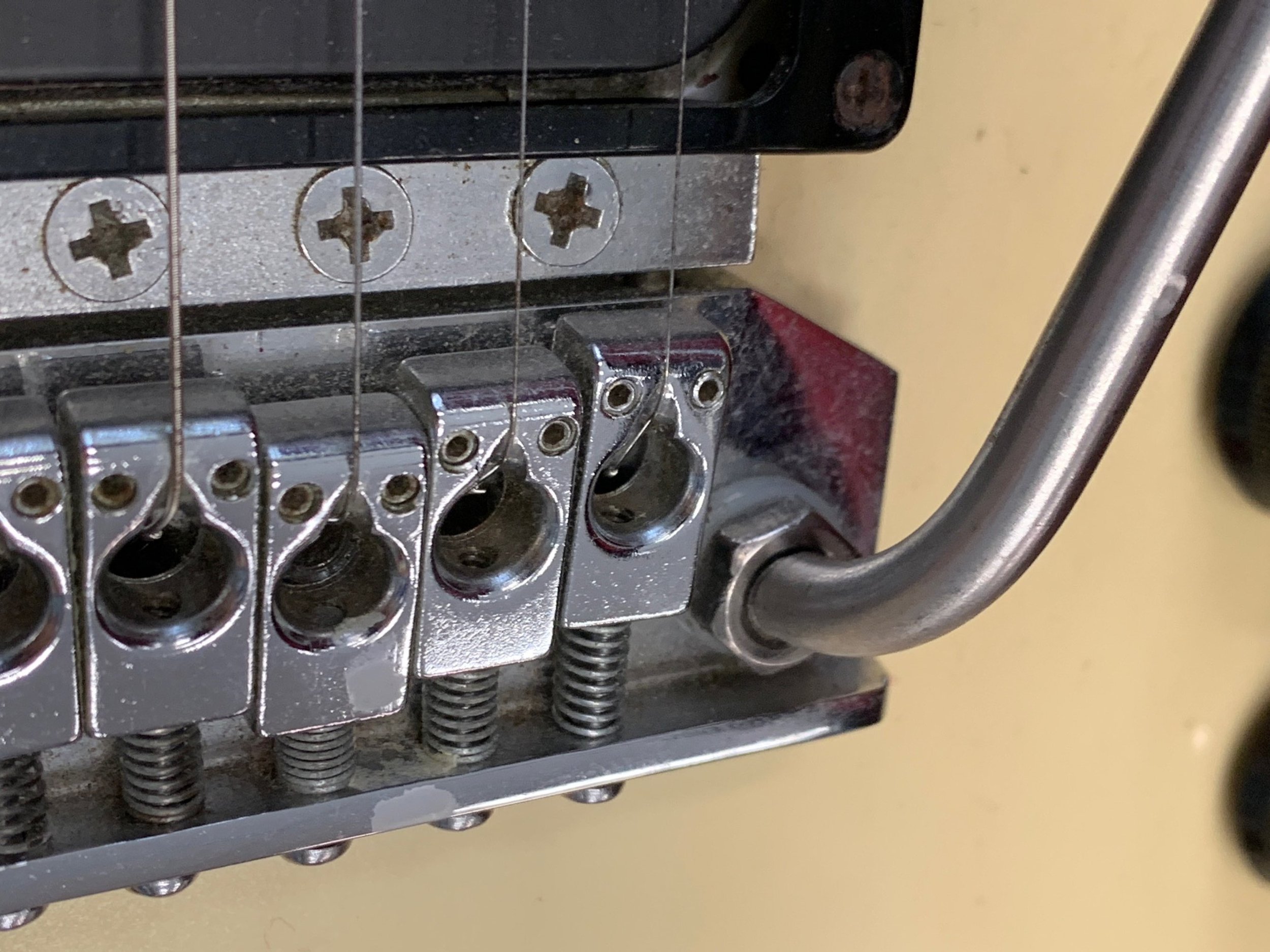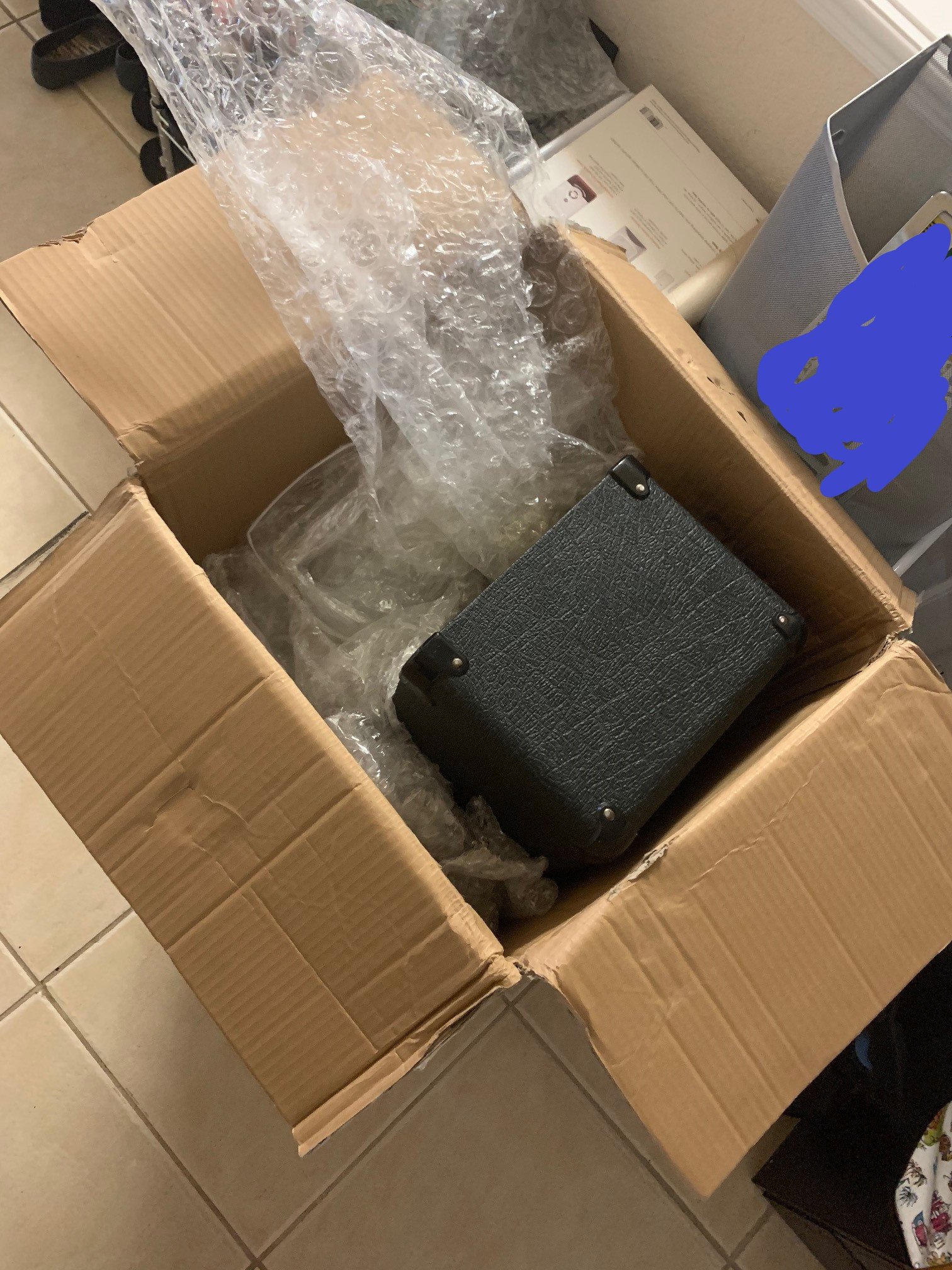I picked up this guitar when I saw it pop up on Guitar Center’s used listings. Sadly, when it arrived, the action was ludicrously high - nearly 1/2 inch off the fretboard around the 9th fret. After lowering the bridge, it was clear a truss rod adjustment was needed, however the truss nut only had a half turn available before reaching the limit. Even after that turn and adjustment, the neck has a considerable forward bow on the bass side of the neck, however the treble side is nearly flat… classic signs of a severely twisted neck. I have read some processes for potentially recovering this issue and restoring the neck, but since it is considered a “Vintage Instrument” according to guitar center, it is only eligible for return for 3 days, and I will not know if I am able to repair it within that period of time.
The most interesting feature, and the reason why I wanted to hold onto it, is the maple fretboard pointy neck, with a bound headstock but dot inlays on the 12th fret. I have seen this type of neck with a rosewood board, but I have only seen maple necks three ways in the pointy era:
Pointy headstock with block or pyramid logo, no binding, dot inlays.
Pointy headstock with pyramid logo, bound headstock, 12th fret “kramer” inlay
Pointy headstock with pyramid logo, fully bound, dot inlays (extremely rare)
I have never seen this specific combination and for a while, I wasn’t sure it even existed. It’s a very early black F serial number plate, F5412, and while serial number doesn’t exactly identify the year or features of vintage Kramers (since they were used out of order quite often), it still provides a general guideline. It’s not too far off my black Baretta F4821, which has the same neck configuration except with the rosewood fretboard. On the other hand, I have another Pacer F6463 which has the 12th fret “Kramer” inlay instead of dots - this guitar lands right between those two so I think I can reasonably say sometime around this period is when those inlays started to appear at the 12th fret on most models.
Otherwise, I can’t really report much else on it - the pickups sound good as expected, with a JBJ in the bridge and a Jazz in the neck. The 7/8 body shape is comfortable and cool to play as always, and the floyd rose feels as solid as ever. It’s really a shame about the twisted neck because this would be a very nice instrument otherwise, and I hope someone who is able to repair or repurpose this is able to get their hands on it next.
